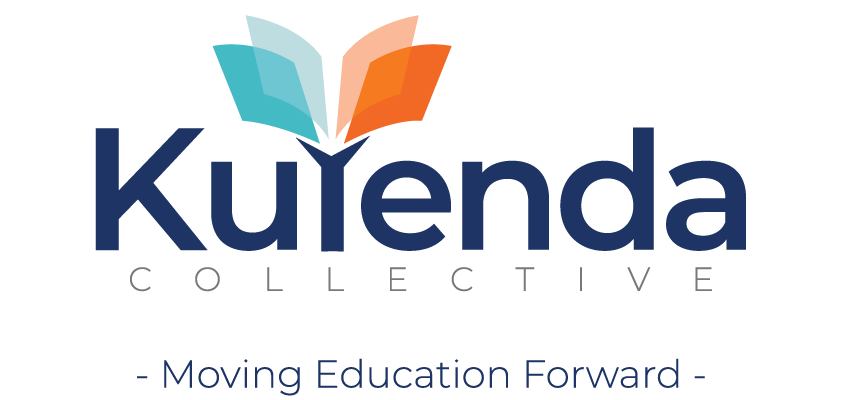Key Considerations from the Kuyenda UX Research

Country Overview
Malawi has the largest rural population at over 80% compared to the other three countries, averaging 60 to 67%. Out of the four, Malawi is most reliant on subsistence agriculture and has the fourth highest percentage of people living in extreme poverty globally. Malawi has a significant youth bulge of 42% of its population.
In Malawi, rural youth entrepreneurs have low education levels and acquire business skills informally (80.3%), either by being self-taught (43.9%) or through family members (36.5%). (OECD) Understanding what qualifies as low education levels is required to assess the extent of learning poverty implied by this data.
Education System Information
The data collected for Malawi is from UN agencies and EMIS statistics readily available on the National Education Investment Plan and the MoE website. According to UNFPA, net enrollment rates are at 98% for primary education, 81% at the secondary education level and 31% at the tertiary level. Malawi’s literacy rate is currently at 72.9 % – 72.5% (males) and 73.4% (females) (UNESCO, 2015). In 2019/20, 56% of learners that enrolled in primary school in the 2011/12 academic year completed the primary education cycle. This implies that 44% of learners either dropped out, repeated or got incapacitated.
In terms of transition rates to secondary schools, 38% (38.1% boys, 39.3% girls) in 2019 and 37.6% (37.3 boys, 37.8 girls) in 2020 transitioned from primary to secondary school. This means that over half of the learners in Malawi do not make it even to secondary school. The repetition rate in 2019 was 18.7% (19.1% boys, 18.3% girls) and in 2020, 22.2% (22.8% boys and 22.8% girls). The increase in the repetition rate for 2020 is largely due to the effects of the COVID-19 school closure, where learners stayed at home for almost 7 months. More people in urban areas are literate (89%) than in rural areas (61%).
About 50% to 80% of students complete primary school, and 40% of students continue with secondary education. 20% of respondents have never been approached by the authorities in making policies. 40% of respondents were engaged once, and 40% of respondents were engaged more than five times regarding education.
Key Stakeholders Identified by the Rural Youth
Key stakeholders in education are Chiefs, Headteachers, Parents Teachers Association, Mother groups, School Management Committee, Director for Education, Youth and Sports, Coordinating Primary Education Advisor (CPEA), Technical Working Group on Education and youth, Council, Chiefs, Area Development Committee, Members of Parliament, Village Development Committee (VDC)
Identified Challenges by Rural Youth
The major challenges being encountered in schools are:
- lack of infrastructure and resources,
- peer pressure,
- distance due to few schools,
- complex curriculum,
- and the digital access gap.

